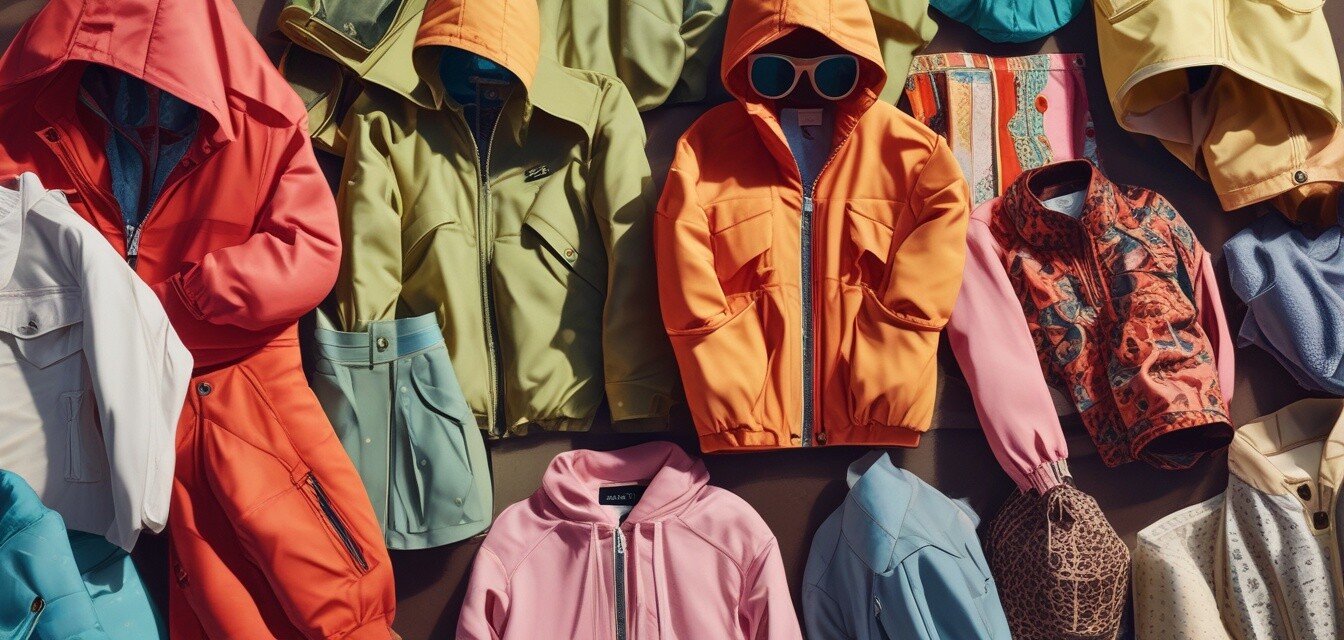
The Evolution of UV Protective Jackets in Fashion
- UV protective jackets have evolved significantly to combine style with effectiveness.
- Consumer awareness of skin safety from UV rays drives demand for fashionable protective gear.
- Emerging trends include sustainable materials and innovative designs.
- Popular brands are producing UV garments for various lifestyles and outdoor activities.
As skin health awareness increases globally, so too does the demand for UV protective clothing, particularly jackets that combine functionality with fashion. With a growing number of brands and styles available, how have these garments evolved? In this article, we will examine the changing landscape of UV protective jackets in the fashion industry while highlighting key trends and consumer preferences for sun safety.
The importance of UV protection
Understanding the significance of UV protection is crucial, particularly for those who spend substantial time outdoors. UV radiation can lead to skin damage and increases the risk of skin cancer. UV protective jackets are designed with fabrics that have a Ultraviolet Protection Factor (UPF) of 30-50+, ensuring reliable defense against harmful rays.
Historical context of UV protective jackets
The origin of UV protective clothing can be traced back to a growing awareness of skin health and its significance. Initially, protective garments were highly functional but lacked style. However, shifts in consumer preferences have encouraged brands to innovate and adapt their designs to meet the demands of the market.
Initial designs and functionality
Early UV protective jackets often featured simple, utilitarian designs. They were primarily aimed at outdoor enthusiasts like hikers, beachgoers, and sports players. Here's a table highlighting some of the features of early UV protective jackets:
| Feature | Details |
|---|---|
| Fabric | Thicker, heavier materials |
| Styles | Basic cuts, limited options |
| Colors | Solid, muted tones |
| Functionality | Focus on protection rather than aesthetics |
Emergence of Fashion-Forward Designs
As consumer interest in fashion expanded, brands began prioritizing aesthetics while still adhering to protective standards. New trends emerged within the UV protective jacket market, focusing on:
- Stylish silhouettes and contemporary cuts
- Vibrant colors and patterns
- Lightweight, breathable materials for comfort
- Functional features such as pockets and zippers
Innovations in fabric technology
Advancements in fabric technology have played a crucial role in the evolution of UV protective jackets. Manufacturers now use specialized materials that not only protect against UV rays but also provide additional benefits.
| Feature | Traditional Fabrics | Advanced UV Protective Fabrics |
|---|---|---|
| Weight | Heavy and less breathable | Lightweight and moisture-wicking |
| Protection | Low UPF rating | UPF 30-50+ |
| Durability | Less durable over time | Long-lasting and resistant to fading |
| Comfort | Restrictive and hot | Flexible and cool to wear |
Sustainable fashion trends
In recent years, there has been a significant shift towards sustainability in the fashion industry, leading to the incorporation of eco-friendly materials into UV protective clothing. Consumers increasingly prioritize environmentally safe products in their purchasing decisions.
- Use of recycled and organic materials
- Manufacturing processes that reduce carbon footprints
- Transparency in sourcing to build consumer trust
Consumer preferences and market trends
Understanding the current market and consumer preferences helps brands adapt their offerings to meet growing demand. With increased awareness about skin safety, consumers are seeking garments that not only protect but also reflect their personal style. Some key preferences include:
- Diverse style options catering to different activities
- Integration of UV protection in casual and everyday wear
- Recognition of the aesthetic value in protective clothing
- Inclusivity in sizing and fitting for all body types
For additional insights into market trends, visit our News and Trends section.
Conclusion
The evolution of UV protective jackets highlights a significant shift in the fashion landscape as consumer preferences and awareness of skin safety continue to grow. With advances in fabric technology, sustainable practices, and stylish designs, UV protective jackets are no longer a mere necessity but a fashionable choice for the conscious consumer. As more people embrace outdoor activities, these garments will remain crucial in blending protection and style.
Pros
- Long-lasting protection against UV rays.
- Integration of style and functionality.
- Evolution of sustainable production practices.
- Diverse designs cater to various lifestyles.
Cons
- Potentially higher costs than traditional garments.
- Misleading advertising in some products.
- Varied quality across different brands.
Beginners Section
If you're new to UV protective clothing, here are some tips to consider:
- Always check the UPF rating of the fabric.
- Choose jackets suited to your specific outdoor activities.
- Look for moisture-wicking properties for added comfort.
- Try on different styles to find one that matches your look.